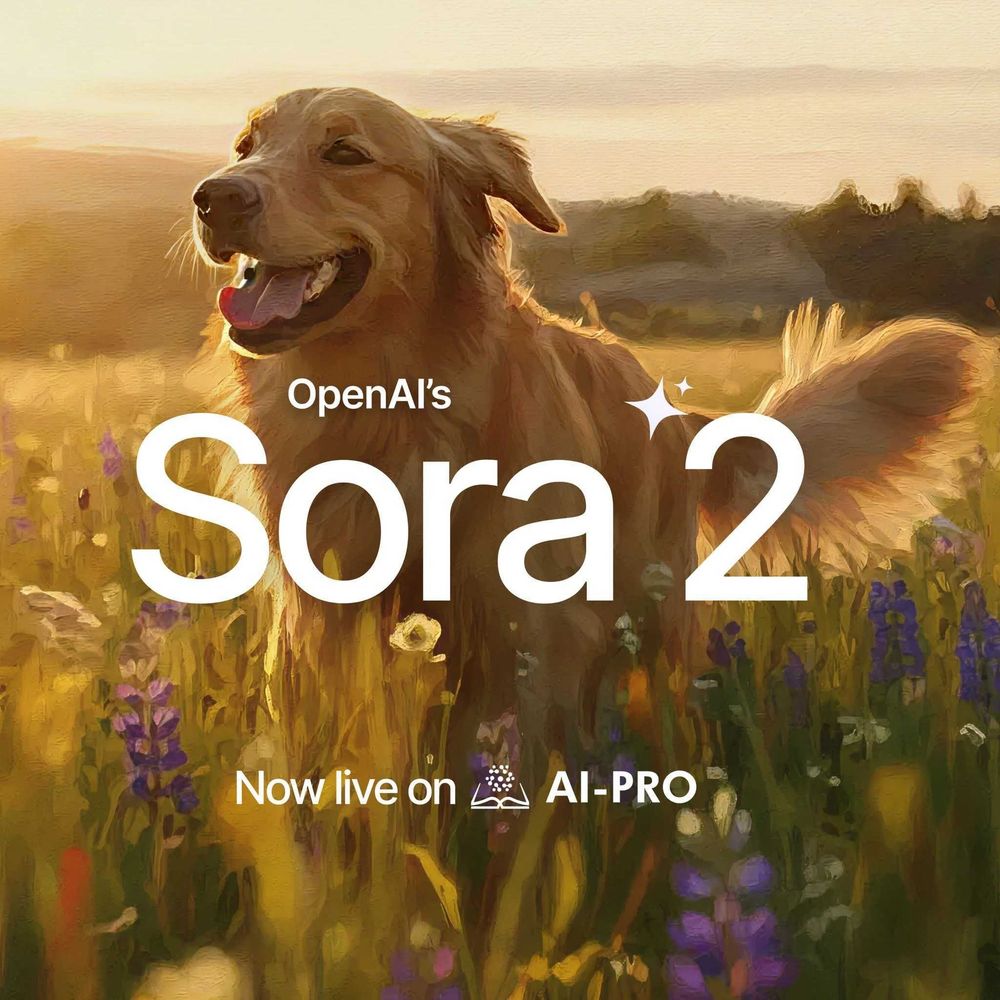As artificial intelligence continues to redefine the boundaries of what's possible in natural language processing, Meta's Llama series has established itself as a benchmark in this dynamic field. With the recent introduction of Llama 3.1, just three months after the release of Llama 3, developers and businesses are now faced with an important choice: which model best aligns with their needs?

Llama 3 laid the groundwork for a powerful open-source model, enabling a variety of AI-driven solutions. However, Llama 3.1 has emerged as a formidable successor, boasting significant improvements such as an expanded context window of 128k tokens compared to Llama 3’s 8k tokens. These enhancements look to position Llama 3.1 as an optimal choice for complex tasks that demand deep contextual understanding. But is that really the case?
This article offers an in-depth comparison of Llama 3 vs 3.1, focusing on their distinct features, performance metrics, and practical applications. As organizations integrate these models into their workflows, understanding their differences is crucial for maximizing efficiency and effectiveness.
Whether you're aiming for rapid response times or in-depth document analysis, this guide will equip you with the insights needed to navigate the evolving landscape of Llama models, ensuring you select the right tool for your AI applications.
Overview: Llama 3 vs. 3.1

Released in April 2024, Llama 3 marked a significant advancement in Meta's line of language models. Designed to cater to a wide range of applications, Llama 3 features a robust architecture that supports 70 billion parameters, providing a solid foundation for developers seeking to implement AI solutions across various domains. Its capabilities encompass text generation, question answering, and conversational AI, making it a versatile tool for both research and practical applications.
Llama 3 quickly gained traction in the AI community, praised for its balance of performance and accessibility. It was particularly noted for its efficiency in real-time applications, where response speed is critical. However, its context window was limited to 8k tokens, which constrained its effectiveness in tasks requiring extensive contextual awareness or the processing of larger documents.
In July 2024, Meta introduced Llama 3.1, a model that builds on the strengths of its predecessor while addressing its limitations. Llama 3.1 retains the 70 billion parameter architecture but enhances its capabilities significantly. The most notable improvement is the context window, which has been expanded to a remarkable 128k tokens. This substantial increase allows Llama 3.1 to process and understand more complex and lengthy inputs, making it especially suited for tasks such as long-form content generation and intricate document analysis.
Llama 3.1 has quickly established itself as the most powerful open-source model available, often outperforming competitive models like GPT-4 and Claude 3 Opus in various benchmarks. While it excels in areas that demand deeper contextual understanding, its higher resource demands may present challenges for developers seeking to implement it in resource-constrained environments.
Together, Llama 3 and Llama 3.1 offer a range of options for developers, allowing them to choose a model that best fits their specific needs, whether prioritizing speed and efficiency or depth and complexity. As we explore their differences further, it's essential to understand the specific scenarios where each model shines.
Key Differences: Llama 3 vs. Llama 3.1

The advancements in Llama 3.1 over its predecessor are significant, making it essential for users to understand the key differences between the two models. This section breaks down the critical aspects that distinguish Llama 3 from Llama 3.1, focusing on architecture, performance benchmarks, and functionality.
Architecture and Size
Both Llama 3 and Llama 3.1 share the same parameter count of 70 billion, but the architectural enhancements in Llama 3.1 yield substantial differences in performance. One of the most notable upgrades is the context window size. Llama 3 is limited to a context window of 8k tokens, which restricts its ability to handle lengthy and complex texts effectively. In contrast, Llama 3.1 boasts an expanded context window of 128k tokens, allowing for a deeper understanding of nuanced language and the ability to analyze larger documents.
This increase in context capacity provides Llama 3.1 with a significant edge when processing extensive inputs, making it ideal for applications that require detailed and sophisticated language understanding.
Performance Benchmarks
Benchmark tests reveal a clear performance distinction between the two models. In various evaluations, Llama 3.1 consistently outperforms Llama 3 across several key metrics:
- MMLU (Massive Multitask Language Understanding): Llama 3.1 scores 86, compared to Llama 3’s 82, demonstrating better performance in a wide range of subjects, including STEM and humanities.
- GSM8K (Grade School Math 8K): Llama 3.1 achieves a score of 95.1, slightly ahead of Llama 3’s 93, indicating improved capabilities in solving complex mathematical problems.
- MATH: Perhaps most striking is the difference in performance on the MATH benchmark, where Llama 3.1 scores 68, a notable increase from Llama 3’s 50.4, showcasing its enhanced mathematical reasoning skills.
- HumanEval: While Llama 3.1’s score of 80.5 is slightly lower than Llama 3’s 81.7, this indicates a marginal decrease in coding performance, which may be context-dependent.
These benchmarks illustrate that Llama 3.1 not only excels in general language understanding but also shows marked improvements in specific tasks requiring mathematical and logical reasoning.
Functionality Enhancements
In addition to performance improvements, Llama 3.1 introduces several functional enhancements that make it more versatile. Both models support function calling, but Llama 3.1 benefits from a more sophisticated implementation that allows for better interaction with user-defined functions, thereby enhancing its applicability in complex applications.
Furthermore, the maximum output tokens in Llama 3.1 have doubled from 2048 to 4096, which is crucial for generating longer, more detailed responses. This makes Llama 3.1 particularly suitable for applications such as detailed report writing, long-form content generation, and in-depth analytical tasks.
We can see that the differences between Llama 3 and Llama 3.1 are profound, with the latter offering superior context handling, enhanced performance in key benchmarks, and greater functionality.
Speed and Efficiency: Llama 3 vs. Llama 3.1

When evaluating language models, speed and efficiency are paramount, particularly for applications requiring real-time responses. In this section, we will explore the speed differences between Llama 3 and Llama 3.1, focusing on latency, throughput, and overall performance in various tasks.
Latency
Latency, defined as the time taken to generate a response, is a critical factor in user experience. Testing has shown that Llama 3 outperforms Llama 3.1 in terms of latency, with an average response time of approximately 4.75 seconds compared to Llama 3.1’s 13.85 seconds. This nearly threefold difference highlights Llama 3’s advantage in scenarios that demand quick, real-time interactions, such as customer service chatbots or voice assistants.
Time to First Token (TTFT)
Time to First Token (TTFT) is another vital metric that measures how quickly the model begins generating output after receiving an input. In tests conducted using Keywords AI’s model playground, Llama 3 demonstrated a TTFT of 0.32 seconds, significantly faster than Llama 3.1's TTFT of 0.60 seconds. This speed advantage can be crucial in applications where minimizing delay is essential for maintaining user engagement and satisfaction.
Throughput (Tokens per Second)
Throughput, measured as tokens processed per second, reflects the model's efficiency in generating output over time. Llama 3 showcases superior throughput, processing approximately 114 tokens per second, while Llama 3.1 manages only about 50 tokens per second. This substantial difference underscores Llama 3’s efficiency, making it better suited for applications requiring high-volume text generation, such as social media content creation or rapid report generation.
Application Impact
The implications of these speed and efficiency metrics are significant when considering the practical applications of each model. Llama 3’s lower latency and higher throughput make it an ideal choice for time-sensitive applications where speed is critical. Conversely, while Llama 3.1 offers substantial improvements in context handling and complexity, its slower response times may limit its usability in real-time scenarios.
So, while Llama 3 excels in speed and efficiency, making it suitable for applications where rapid responses are necessary, Llama 3.1 offers enhanced capabilities for more complex tasks that require deeper contextual understanding.
Practical Applications: Llama 3 vs. Llama 3.1

The choice between Llama 3 and Llama 3.1 significantly impacts their applicability across various domains. Each model is suited to specific tasks, and understanding their practical applications can help developers and businesses leverage their strengths effectively.
Llama 3: Ideal for Speed-Critical Applications
Llama 3 excels in scenarios where quick response times are essential. Its faster latency and higher throughput make it particularly suitable for:
- Customer Service Chatbots: Companies deploying AI-driven customer support systems benefit from Llama 3’s ability to generate quick, relevant responses, thus enhancing user satisfaction and engagement.
- Real-Time Interactions: Applications requiring immediate feedback, such as voice assistants or interactive gaming, find Llama 3 to be a robust choice due to its responsiveness.
- Social Media Management: Businesses looking to automate their social media interactions can rely on Llama 3 for efficient content generation, enabling them to respond to user inquiries swiftly and maintain an active online presence.
These applications highlight Llama 3's suitability for tasks where speed and efficiency are paramount, making it an attractive option for businesses aiming to enhance customer engagement.
Llama 3.1: Best for Complex and Context-Rich Tasks
Llama 3.1 shines in scenarios that require a deeper understanding of context and complex language processing. Its enhanced capabilities make it ideal for:
- Content Creation: Writers and content creators can leverage Llama 3.1's advanced context window to generate long-form articles, detailed reports, and comprehensive analyses, making it a valuable tool in journalism and marketing.
- Document Analysis: Industries such as legal and academic research benefit from Llama 3.1’s ability to process and analyze lengthy documents, allowing for nuanced understanding and synthesis of information.
- Data Interpretation: Llama 3.1 is well-suited for applications requiring the interpretation of complex datasets, where the model’s improved logical reasoning capabilities can provide valuable insights.
These use cases underscore Llama 3.1’s strength in handling intricate and contextually rich tasks, making it the preferred choice for applications demanding depth over speed.
Make Informed Decisions with Learn AI!
As the landscape of AI continues to evolve, understanding the distinctions between models like Llama 3 and Llama 3.1 is essential for developers and businesses seeking to harness the power of artificial intelligence effectively. Each model offers unique strengths and weaknesses, making them suitable for different applications. Llama 3 shines in speed and efficiency, making it an excellent choice for real-time interactions, while Llama 3.1 excels in handling complex tasks that require deep contextual understanding and advanced reasoning.

Ultimately, the decision between Llama 3 and Llama 3.1 should be informed by a careful consideration of your specific use case, operational requirements, and long-term goals. As you explore the diverse capabilities of various AI models, it is crucial to take the time to research and evaluate each option thoroughly.
We encourage you to delve deeper into the world of artificial intelligence and explore the multitude of models available. For comprehensive comparisons and insights into the latest developments in AI, visit AI-Pro's Learn AI, where you'll find a wealth of information to guide your decision-making process. Understanding the nuances of different models will empower you to select the best tools for your needs, ensuring successful implementation and maximizing the potential of AI in your projects.





